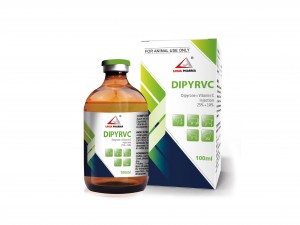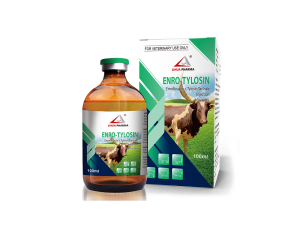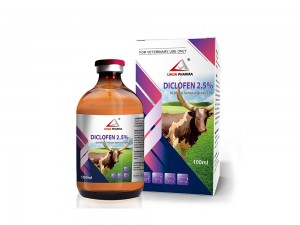Xylazine Injection10%
Indications
All cases where sedation is needed, e.g. during transport, parturition, hoof treatment, small operations (e.g. dehorning), and as a pre-anaesthetic for larger operations (caesarian section).
administration and dosage:
All cases where sedation is needed, e.g. during transport, parturition, hoof treatment, small operations (e.g. dehorning), and as a pre-anaesthetic for larger operations (caesarian section).
Administration and dosage:
Cattle: for intramuscular administration.
dose 1: 0.05 ml per 100 kg body weight; sedation, small operations.
dose 2: 0.1 ml per 100 kg body weight; small operations. Animals usually remain standing.
dose 3: 0.2 ml per 100 kg body weight; larger operations. Animals lie down.
dose 4: 0.3 ml per 100 kg body weight; very extensive operations.
Animals have to fast for a couple of hours before administration.
Horses:
0.8 ml per 100 kg body weight for intravenous administration, or 2 ml per 100 kg body weight for intramuscular administration. With larger operations preferably in combination with other preparations, e.g. intravenous 0.8 ml per 100 kg body weight and halothane or fluothane as intubation narcosis.
Sheep:
0.03 ml per 10 kg body weight for intramuscular administration.
Dogs:
0.05 ml per kg body weight for intramuscular or intravenous administration. In combination with ketamine: 0.02 ml per kg body weightand 6 - 10 mg ketamine per kg body weight.
Cats:
0.05 ml per kg body weight for intramuscular or subcutaneous administration. In combination with ketamine: 0.05 ml per kg body weight and 6 - 10 mg ketamine per kg body weight.
contraindications
Administration during gestation or to animals with pulmonary and/or cardiac diseases.
Administration to animals with pyometra, since these animals are often hypersensitive to xylazine preparations.
side effects
Decreased heart and respiratory rate.
Hypersalivation and vomiting.
Withdrawal Period
For meat: 0 days.
For milk: 0 days.
Storage
Store below 30℃. Protect from light.
For Veterinary Use Only
You may also be interested










